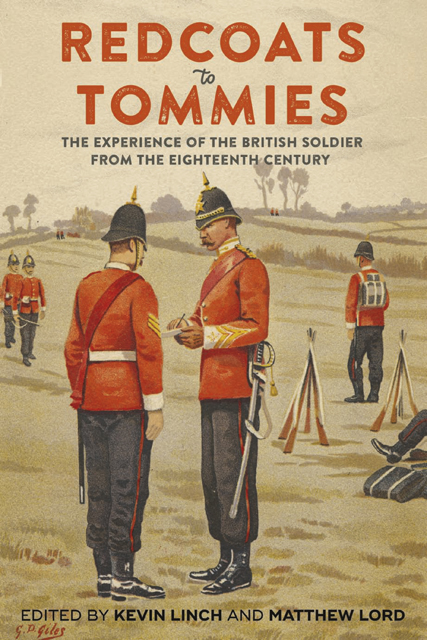11 - The Social Reality of the British Army in Interwar Britain
Published online by Cambridge University Press: 17 January 2023
Summary
Brian Bond once said that the ‘fortunes’ of the British army in the inter-war years would be best expressed as a graph that plotted a consistently, if not uniformly, downward trajectory. There are many things that went wrong for the British army in the decades immediately preceding the Second World War: cuts to infrastructure; modernisation stymied by politicians and parsimony; recruitment in the doldrums; not to mention the wider political and cultural climate of the UK, all of which presented the first significant challenge to the modern British military. Indeed, it is difficult to consider the military’s interwar decades outside the review of performance failures of the British army, 1940–42. Revisionist arguments have emphasised that, especially in comparative terms, the army’s funding and technocratic capabilities were never that deprived. This chapter offers another perspective on military purpose and organisation in Britain, examining the social realm to assess the vitality of the army in this context. This is not an investigation of how the Army Council, Territorial Associations, or commanding officers, utilised leisure to respond to the acute problems of the interwar years (e.g. to tempt the working class back into the recruitment ring). It is an investigation of the effervescence of social activity at all levels of military organisation within the wider social context. This was important for military purpose and legitimacy, at a time when a question mark was raised against both.
In traversing this ground, this chapter puts forward two related arguments about military identities in Britain. First, we should not be blindsided by the imperial purview and function of the British army. As this chapter shows, the army had a social presence – a ‘mundane’ social reality – in the home island nation that has largely evaded historical reckoning. British military-ness was not absent in the interwar years, even in the age of the ‘peaceable Kingdom’. However, its integration into ideas of national identity was complex, highly localised – representative of its own fragmented cultural existence. It is perhaps no wonder it slips under our radar, but it didn’t for the men and women who lived it. Second, and related to this first point, we need to deepen our consideration of the ways in which military identities were constructed.
- Type
- Chapter
- Information
- Redcoats to TommiesThe Experience of the British Soldier from the Eighteenth Century, pp. 231 - 252Publisher: Boydell & BrewerPrint publication year: 2021



